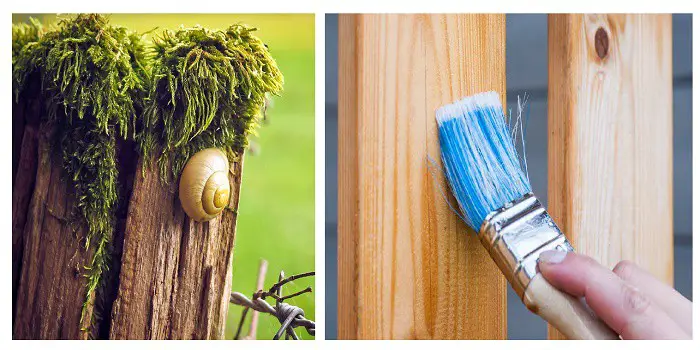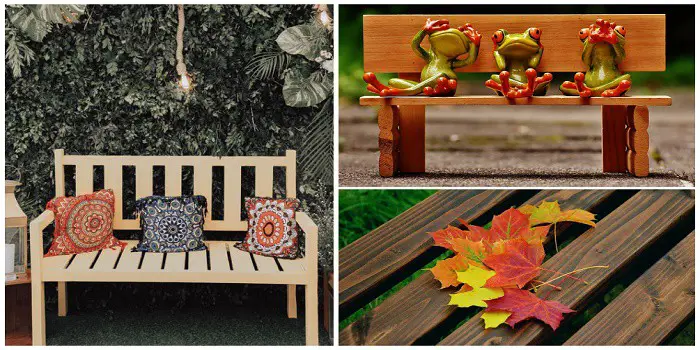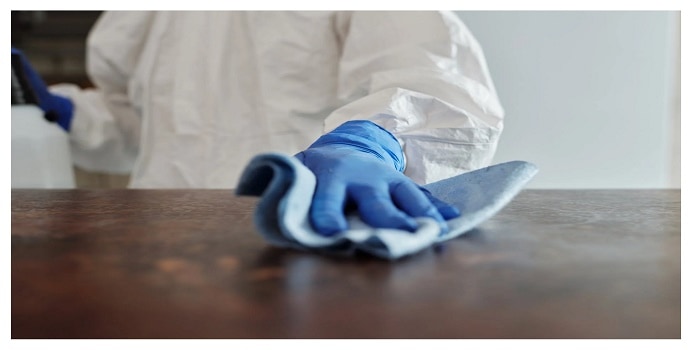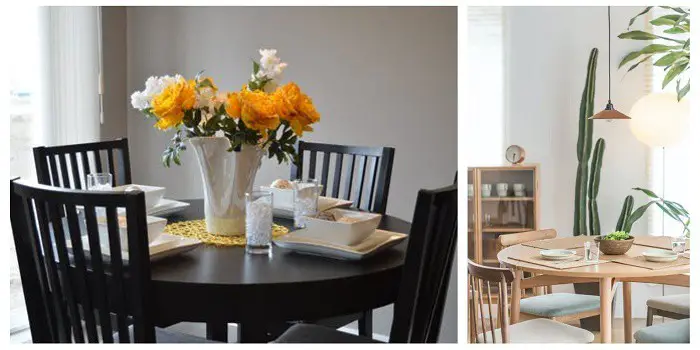
Do you have furniture that is starting to show wear and tear? Are the hinges starting to get stuck? Do the screws start to come out?
Well, do not worry. There is a good chance that your furniture needs a new coat of paint. Or there is a better option to try powder coating for your old, dull wood.
I believe not many people are aware of how to powder-coat wood. Or whether they can actually powder-coat wood in the first place.
To put it simply wood furniture or other objects made of timber can be powder coated with a bit of pre-treatment, and it’s one of the most effective ways to protect them from fading, warping, and other possible damages.
The only concern is that with powder coating, you can only coat certain wood types, and it will require special considerations when it comes to curing.
If you are eager for more info, this article will get you to know everything related to powder coating wood.
What types of coatings are available, and what kind of wood should you not powder coat? You will also find some tips on preparing your furniture beforehand so that your powder coating job goes smoothly. So, let’s get started with advantages and disadvantages of the process…
Pros & Cons of Powder Coating Wood
Powder coating the wood is basically an electrostatic process of finishing the surface with a dry powder that protects and prolongs its life. When done correctly, it offers various benefits, and some of the most common ones include the following:
- The coat is consistent, thicker, long-lasting, and ultra-modern.
- It’s eco-friendly, non-toxic, and less flammable than other solvent-based wood finishes.
- A powder coat does not need long drying times; hence more units can be created in lesser time.
- With relatively lower cost, your furniture will look more expensive, luxurious, and beautiful with a fresh color coat of powder.
- The polished-looking coat will protect your wood from rot and make it resistant to bacteria.
- Your furniture will be less likely to require regular cleaning and care than with other types of wood finishes.
- Powder coating will also make your wood feel harder and more durable and will ultimately increase the life of your wood furniture.
With various advantages, a few challenges come with powder coating your wood furniture.
First and foremost, applying the powder properly requires time and effort due to certain temperature requirements. Most of the time, you may need to take your furniture to a professional to get the coating done correctly.
Additionally, some wood types are sensitive to water or heat and may not be compatible with powder coating. And depending on the type of coating used, different wood types may require an extra level of care.
How to Powder Coat Your Wood Furniture?
Below is a step by step instructions you will need to follow when you plan to powder coat wood…
Step 1- Clean and prepare the surface
Before applying powder coating, it’s essential to thoroughly sand and clean the wooden furniture. The preparation process typically involves smoothing the surface—addressing any rough edges—followed by cleaning and applying a suitable wood primer to ensure proper adhesion of the coating.
Make sure to remove all dust, dirt, oil, grease, and any other residue that may have accumulated on the surface over time. And once primed, allow the primer to dry for 2-3 hours before proceeding.
Step 2- Dry and pre-heat
To powder coat wood, the surface must be made conductive so the electrostatically charged powder can adhere properly. One common method involves preheating the wood to draw moisture to the surface, which then acts as a conductor.
The pre-heating process can be completed by using either convection, UV (Ultraviolet), or Infrared methods. During this, you should heat the wood to about 212 to 266 degrees Fahrenheit for 5 to 15 minutes.
Alternatively, a conductive coating can be applied, allowing the powder to stick without the need for heating.
Step 3- Apply the powder coat
Once the wood surface has been dried and seasoned properly you can start by applying the powder coat.
Among the wide range of options, some of the most commonly used powder coatings include epoxies, polyesters, epoxy-polyester hybrids, urethanes, and fluoropolymers.
To ensure the best results, it’s advisable to consult a contractor or a professional coating expert who can recommend the most suitable option based on the specific type of wood used in your home or office furniture.
Generally, it will require charging the thermoplastic powder electrostatically and applying it directly with a sprayer gun at a temperature between 18 to 36 degrees Fahrenheit.
If you are powder coating more than one wood surface in your factory at a time, make sure they are spaced properly to allow them to cool down without any interference.
Step 4- Finally, allow enough time to cure the wood
After applying the powder, it’s essential to allow the wooden boards or furniture to cool down and cure completely. For this you will need either a laser cure oven, convection, infrared, or a combination oven.
During the process, thermoset powder is exposed to high temperatures (250 degrees or less), which will begin to melt and flow out. It will eventually form a higher molecular weight polymer to complete the crosslinking curing process. The chemical transformation achieved during the process is irreversible.
The success level of this step will decide the longevity of the coat on the wooden surface. So, make sure you complete this step cautiously with extra patience.
How long does it take to complete a powder coating project?
Powder coating projects take roughly four to five hours to finish on average. However, the amount of time you need to devote to each step will vary depending on the type of furniture you are powder coating and the difficulty level you are working at.
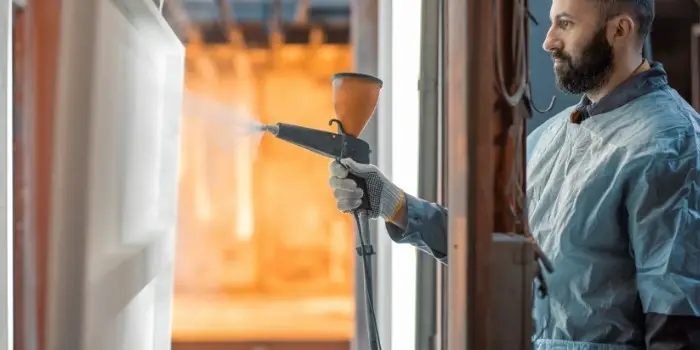
Types of Wood You Can Powder Coat On
Three different types of wood can be powder coated: hardwood, softwood, and plywood.
The most common type of wood used in furniture is hardwood. It’s sturdy and long-lasting, but it’s also prone to getting dirty. Softwood is a more delicate type of wood typically used for furniture that won’t require as much strength or durability.
Because it can withstand the technology, it’s usually less expensive to powder coat hardwood such as oak, walnut, Sapele, and ash. It can be a great choice if you want to keep your furniture, doors, window frames, chairs, or tables looking new for a long time.
Plywood boards, including MDF (Medium-density fibreboard) and HDF (High-Density Fiberboard), comprise different types of wood and resins glued together. Because the material is solid and durable, you can powder coat them, too, with good surface preparation.
Types of Wood You Should Avoid Powder Coating
Besides the materials like rubber and plastic (that can melt at high temperatures), there are certain wood types that cannot be powder coated.
Particularly the wood that has a high moisture content, laminates, wood composites, and plywood with lower bond strength cannot be powder coated very efficiently.
You also shouldn’t coat the wood plank with powder if it’s treated with chemicals or if it’s infested with any sort of insects, molds, fungus, or other organic growth.
Wood with finishes such as oils, waxes, varnishes, paints, or stains is also a not suitable candidate for the ultraviolet-cured powder coating process. If you want to apply any coatings on them, it’s important to remove the previous layer for better powder adhesion.
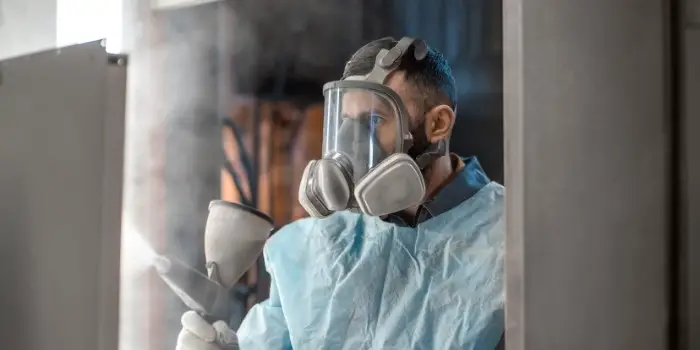
What Colors are Available for Powder Coating Wood?
Powder coating wood isn’t just about protection—it’s a whole style statement. From timeless whites, blacks, and greys to bold reds, blues, and yellows, the color options are practically a rainbow on demand. Want something more natural? Faux finishes like oak, walnut, and mahogany are also in the mix—thanks to clever tricks like sublimation.
And it’s not just color—take your pick from matte, glossy, metallic, or textured finishes to match your vibe. Need that just right shade? Many manufacturers offer custom color matching so you can coat your wood in exactly the mood you’re going for—whether it’s minimalist chic or full-blown maximalist flair.
How long will the powder coat finish and color last?
So you’re thinking of giving your wooden masterpiece a sleek, durable finish with powder coating? Good call. But before you commit, let’s talk longevity—because no one wants their project fading faster than a summer tan.
On metal, powder coating can last up to 20 years (yes, two decades). But on wood? Expect around 10 to 12 solid years of color, protection, and general good vibes.
But wait—it depends…
Where your wood lives plays a big role. Indoor furniture or decor? You’re golden—protected from UV rays, rain, and that random snowstorm in April.
Outdoor pieces, though? They’ll have to fight the elements. And even the toughest coating can start to fade or chip under constant weather abuse.
Want to max out its lifespan?
- Apply it evenly – A consistent coat means better protection and fewer weak spots.
- Keep it clean – A quick wipe-down now and then keeps dirt and moisture from breaking it down.
- Avoid direct sun exposure – UV rays are the silent killers of color. Shade is your friend.
- Touch it up if needed – Small chips or scratches? Fix them before they grow into bigger issues.
Conclusion
In the current market, powder coating is a high-quality finish used on a wide range of materials, including wood surfaces used in the home décor space.
Coating your wooden furniture with powder can give it a beautiful finish and protect it from day-to-day dents and scratches.
If you’re not sure whether powder coating your furniture is the correct option for you, speak with a professional to learn more about the numerous types of powder coats and finishes available.
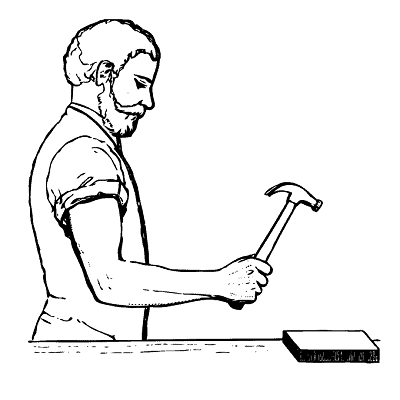
Hi, I am Mark Garner a professional carpenter, woodworker, and DIY painter. I live in the small city of Peoria, Arizona as a semi-retired woodworker. I have started this blog with a simple motive to help you with my wood experience in this sector. If you like to know more about what I love doing and how it all got started, you can check more about me here.

